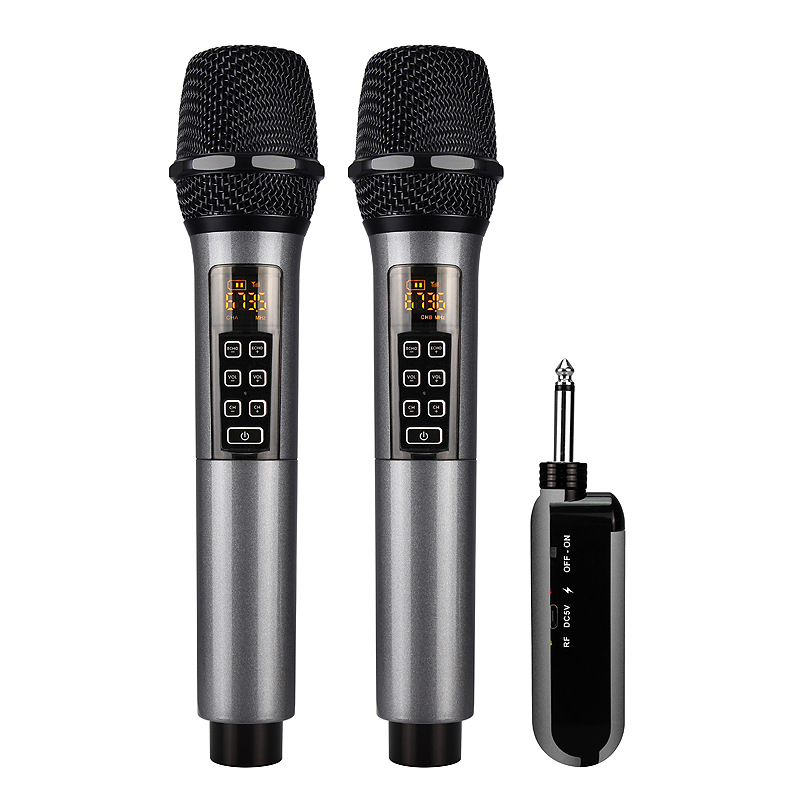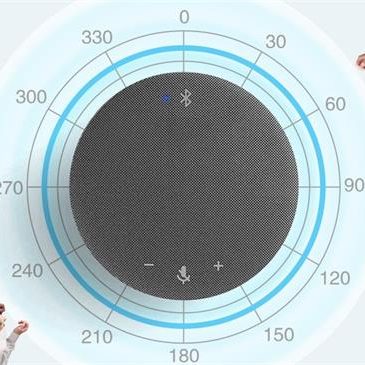




Product Description
| Toys Type | Microphone |
| Features: | Card, radio, voice prompt, call function |
| Product size: | |
| Weight: | |
| Color: | Blue, Black, Rose Red, White, Yellow r |
| Packaging: | Printing boxes, With gift box |
| Interface Type: | USB |
| Custom Service: | Support custom logo and packaging |
| Frequency Range: | 40Hz-20KHz |
| Battery Capacity: | 4000 |
| Signal-to-noise ratio: | ≥75dB |
| Feature: |
How the microphone works
At the beginning of the 20th century, microphones developed from acoustic-electric conversion through resistance to inductance and capacitance conversion. A large number of new microphone technologies were gradually developed, including microphones such as aluminum dynamic coils, as well as the widely used condenser microphones and electret microphones. . The working principle of the coil microphone is that the human voice vibrates the diaphragm through the air, and then the electromagnetic coil winding on the diaphragm and the magnet surrounding the moving coil microphone form a magnetic field cutting, forming a weak fluctuating current. The current is sent to the loudspeaker, and then the fluctuating current is turned into sound in the reverse process.
Ribbon microphone
For aluminum ribbon microphones, the aluminum ribbon used is both a microphone diaphragm and a conductor that moves in a magnetic field. The aluminum strip is usually made of aluminum silk, with a thickness of 0 to 1 mm, a width of 2 mm to 4 mm, and a mass of only 0.2 mg, in order to achieve a better transient response. In order to obtain an ideal resonance frequency between 2kHz and 4kHz, the aluminum strip is made into a corrugated shape to maintain a precise tension value. The aluminum strip as a conductor and microphone diaphragm is suspended in the magnetic field between the two magnetic pole faces, vibrating with the frequency of the incident sound wave, and at the same time, a certain voltage output is generated at both ends of the aluminum strip.
Capacitive
Condenser microphones have two metal plates, one of which is coated with an electret film (mostly polyperfluoroethylene propylene) and grounded, and the other plate is connected to the gate of the field effect transistor, the gate and the source A diode is connected between the poles. When the electret diaphragm itself is charged, the amount of surface charge is Q, and the capacitance between the plates is C, then the ground voltage U=Q/C is generated on the pole head, when it is vibrated or rubbed by airflow , Due to vibration changes the distance between the two plates, that is, the capacitance C changes, but the power Q does not change, it will cause a voltage change. The magnitude of the voltage change reflects the strength of the external sound pressure, and the frequency of this voltage change reflects The frequency of the outside sound, this is the working principle of electret microphone.
The diaphragms of condenser microphones are mostly polyperfluoroethylene propylene, which has good humidity performance, produces more surface charges, and is less affected by humidity. Because this kind of microphone is also a capacitive structure, the signal internal resistance is very large, in order to draw out and amplify the voltage signal generated by the sound, the output terminal must also use a field effect transistor.


















